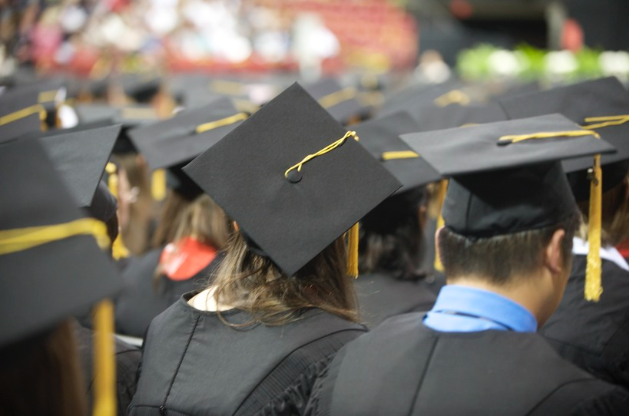
Every year, over 1.2 million students drop out of high school in the United States. That is one student every 26 seconds. American schools come under a lot of criticism for failing to demonstrate positive progress, but even with this knowledge, few schools succeed in tackling the minor problems that may have had long term effects on these students. After taking into consideration the room for widespread improvement amongst other american public schools and the areas that not only other schools but also my school struggle with addressing, two changes seemed to stand out amongst countless others. Although controversial, more or even existent P.E time and later school starting times can benefit students in many ways.
Starting Times
Studies repeatedly show that everyone, especially growing kids, require a healthy night’s sleep. While adults can pass the day with seven hours of sleep, it has been advised that teenagers get eight to ten, and children even more. However, most middle schools and high schools start between 7:00-8:00. Considering that the average teen goes to sleep around 11:00 pm, current school start times create a deficit of sleep for teens. According to the Nationwide Children’s Hospital’s article on Sleep in Adolescents, “...there is a biological shift in an adolescent’s internal clock of about two hours, meaning that a teenager who used to fall asleep at 9:00 PM will now not be able to fall asleep until 11:00PM. It also means waking two hours later in the morning.” Evidently, teens won’t be able to get enough sleep with these early school starting times. Kids ages 6-12, on the other hand need an average of 9-10 hours of sleep, but naturally feel sleepy at around 8 pm. Elementary schools tend to start later, at around 9 am. Assuming they go to sleep at 8, this allows for an approximate 12 hours of sleep- two to three of which are unnecessary, if not considered borderline unhealthy.
If teens don’t get enough sleep regularly throughout the school week, they tend to try and “catch up” on weekends by sleeping in as late as 11 am or even 12 pm if parents don’t interfere. This is detrimental toward teens in the long run because waking up late causes laziness for the rest of the day and stunts productivity. Additionally, getting sleep deprived during the week and too much sleep over the weekend can even lead to childhood obesity. Since adolescents will reach for the pantry to supply them the energy they were deprived of getting through sleep, obesity remains a valid concern. During the week, when middle and high school age kids are forced to wake up too early, their sleep requirements are not met and this results in shorter attention spans during the school day, thus robbing them of the full potential of their education.
Physical Activity
Some, if not many, financially struggling schools have reduced the amount of regular physical education due to budget cuts. These same schools claim that P.E is an unnecessary addition to the school curriculum and take away from children’s allotted learning time. To the contrary, new studies suggest that P.E actually help students learn.
It is a fact that being active can shake off that groggy feeling you get from waking up too early or sleeping in too late. For instance, if a child wakes up at 6:30 after finally falling asleep at 11, they won’t be as energized as they would on a weekend. After waking up to a lack of sleep, going to school just to sit down for hours on end only brews the laziness caused by lack of sleep. Staying inactive all day does not let kids shake off apathy of waking up early and deviates focus away from their schoolwork. If children are tired all day, it is unlikely that they will put their best foot forward and maximize their full potential.
Obviously, this can hurt grades, whether it’s individual or widespread. Either way, P.E is not something that should be disregarded by schools and budget cuts should not be an excuse. All through elementary school, my gym class was just “go outside and play kickball with your classmates”, almost like a second recess. Fields are free, and soccer balls aren’t made of diamonds. Although some may argue that having P.E is a waste of time, school should not only be a place of academic achievement, but also a place that encourages healthy life choices. According to the Centers for Disease Control and Prevention, over the past three decades the childhood obesity rate has more than doubled for preschool children (ages 2-5) and adolescents (ages 12-19), and it has more than tripled for children ages 6-11. Increasing P.E in schools can easily help decrease these statistics.
School averages will no doubt go up, along with individual grades, but this is only a possibility within reach if school children can be well rested and offered not only a place to study and thrive, but also to be active and engaged. Having schools enforce these two changes is, in my opinion, the start to a better educational experience for american children across the country.
